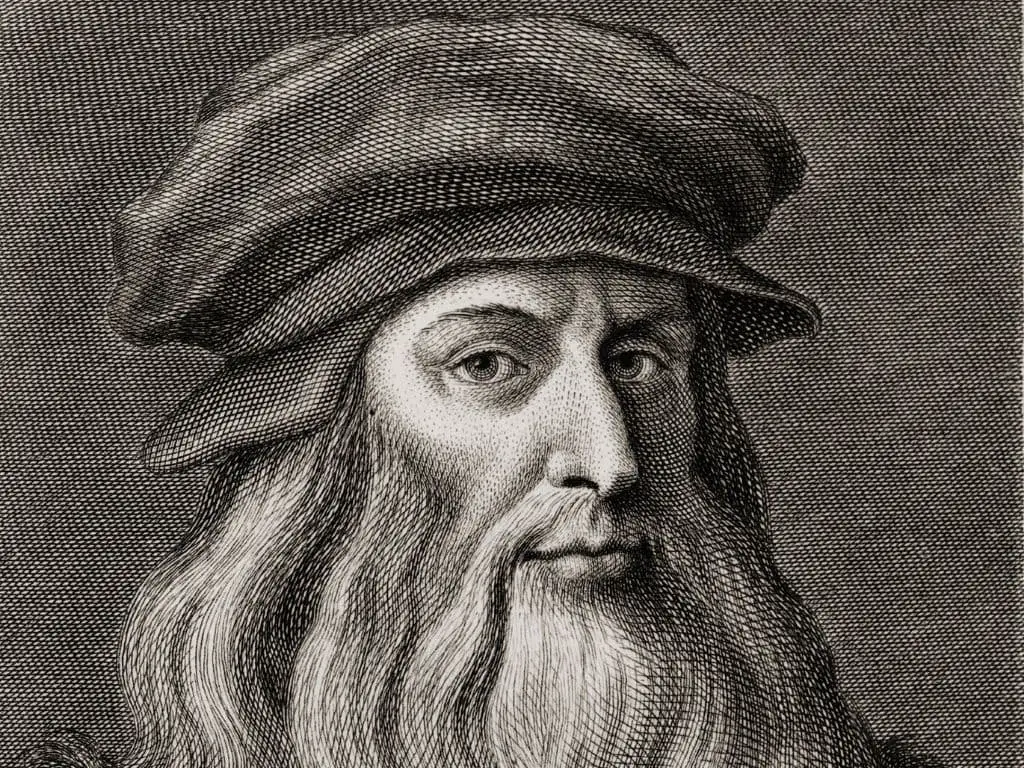There are few paintings more famous than Leonardo da Vinci’s Mona Lisa. The small portrait of the woman with the perplexing grin is one of the Louvre museum’s most popular attractions, and she remains one of the most discussed and written about artworks of all time.
In monetary terms alone, the Mona Lisa is virtually priceless.
So, how long did it take to paint the Mona Lisa?
It took approximately 16 years to paint the Mona Lisa. Leonardo da Vinci painted the Mona Lisa between the years of 1503 and 1519. However, scholars tend to debate the exact timeline of the portrait’s completion. Some art historians believe da Vinci started the artwork later than 1503 based on the evolution of his style, while others argue that the portrait was never finished at all.

Despite how culturally important the Mona Lisa is in our world, scholars still continue to wrestle with some of the basic questions about the painting. The Mona Lisa remains shrouded in several layers of mystery, with answers about the true nature of her identity and whether or not she has eyebrows still up for debate today.
The question of how long it took da Vinci to paint the Mona Lisa also has no easy answer – the next sections of this article will take you through the various arguments that have tried to pinpoint exactly when da Vinci began his renowned artwork, and how many years it took him to finish it.
The Mona Lisa According to the Louvre
According to the Louvre museum, Leonardo da Vinci painted the Mona Lisa between the years of 1503 and 1506. Supporters of this timeline claim that da Vinci was commissioned by wealthy Florentine silk merchant Francesco del Giocondo to paint the portrait of his wife, Lisa Gherardini, and that the artist began his work by 1503 in Florence. The portrait was believed to have been commissioned to celebrate Lisa Gherardini’s pregnancy at the age of 24, as evidenced by the inclusion of a modesty veil characteristically worn by pregnant women at that time.
However, the Mona Lisa never wound up in Francesco del Giocondo’s hands. No existing documentation bears any indication of a payment transaction between the silk merchant and the famous Renaissance artist, and there is no evidence that the Mona Lisa was ever a part of Francesco del Giocondo’s estate.
For this reason it is believed that, after the portrait’s supposed completion in 1506, Leonardo da Vinci packed up the Mona Lisa with him to France upon being invited by king Francis I to serve as the French court’s painter.
Francis I took over the Mona Lisa after Leonardo da Vinci’s death in 1519, and the painting would remain a treasure of the French palace until the French Revolution, after which it was claimed by the French public. Napoleon managed to acquire the painting for himself for a while, but by the late 18th century the Mona Lisa was proudly hung up in the Louvre museum.
Alternative Timelines
While many scholars tend to accept the 1503 to 1506 timeline, others argue that Leonardo da Vinci worked on his masterpiece for many years after his departure from Florence in 1506. This popular theory posits that da Vinci spent years reworking and retouching his portrait during his travels and his stay in France.
Evidence suggests that Leonardo da Vinci even went as far as to change details of the Mona Lisa’s face and appearance over periods of repainting. Detailed scans have revealed that an earlier version of the Mona Lisa had a bigger grin and a slightly wider complexion before Leonardo da Vinci decided to paint over it. With this in mind, the timeline of the Mona Lisa’s completion is more accurately set between the dates of 1503 and 1517, two years before the artist’s passing.
Other scholars believe that Leonardo da Vinci did not start his painting in 1503 to begin with. Certain art historians postulate that the artistic techniques demonstrated by the Mona Lisa are far more consistent with Leonardo’s later style, consequently dating his work around the years after 1510.
A Masterpiece Left Unfinished
Another school of thought argues that Leonardo da Vinci never actually finished the Mona Lisa. Purveyors of this theory maintain that the great artist continued to work on his famous portrait all the way up until his death in 1519, and that even then he had not considered it to be complete.
The argument that the Mona Lisa is unfinished is supported by one of the earliest art historical texts in existence, written by the early art historian Giorgio Vasari in 1550. According to Vasari, who acted as Leonardo da Vinci’s first known biographer, the artist worked on the Mona Lisa for four years and then never ended up placing his finishing touches.
One argument as to why Leonardo da Vinci never finished the Mona Lisa is that he was physically unable to due to a paralyzed right arm the artist suffered late in his life. According to Italian scholar and Leonardo museum director Alessando Vezzosi, Leonardo da Vinci was plagued with a paralysis that severely limited the mobility of his right arm, consequently hampering his ability to wield a paint palette.
Vezzosi refers to a painting of da Vinci completed by a Lombard artist in the 16th century as evidence of his condition. In the painting, Leonardo is depicted with his right arm tucked away in a bandage. It is likely that Leonardo da Vinci’s paralysis in the right side of his body was the result of either a stroke or Dupuytren’s disease.
Vezzosi’s paralysis theory provides a convincing argument as to why Leonardo da Vinci was not as artistically productive in his final five years, during which he left several other of his works unfinished. Even if the Mona Lisa really is incomplete, this fact surely does not take away from Leonardo da Vinci’s unquestionable artistic achievement in creating a work of art that continues to enchant audiences today.